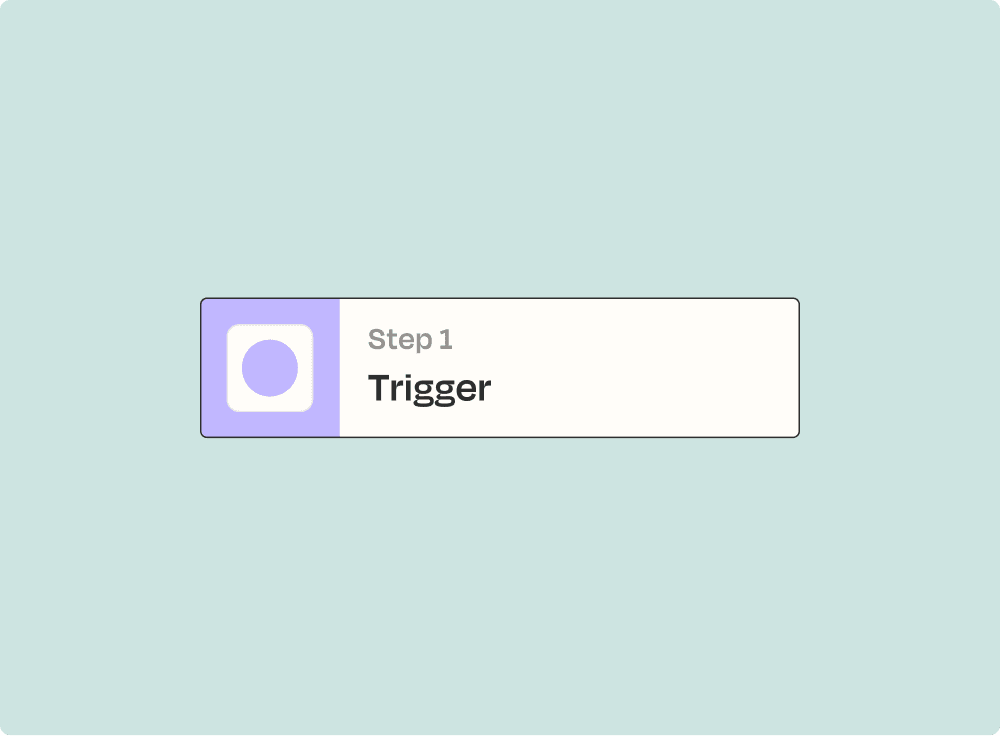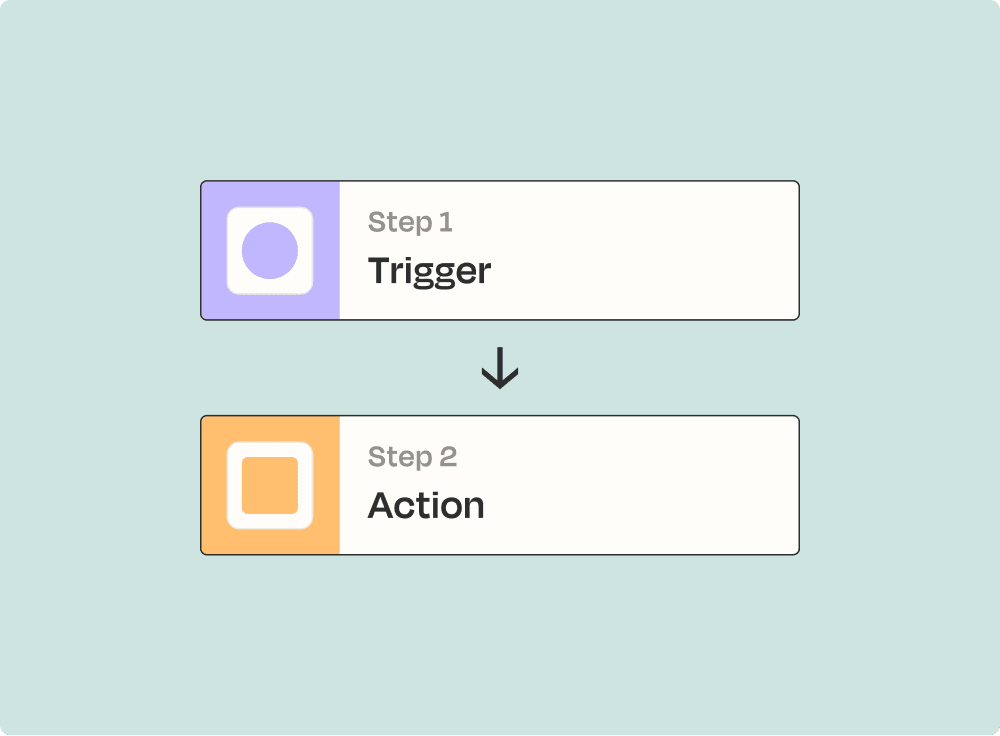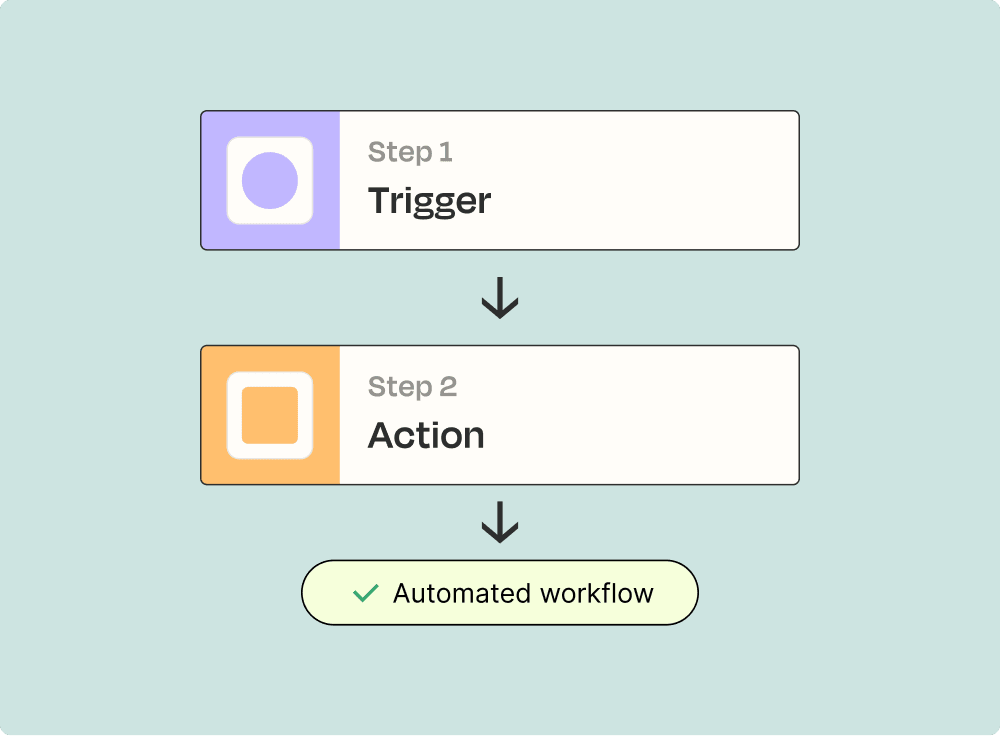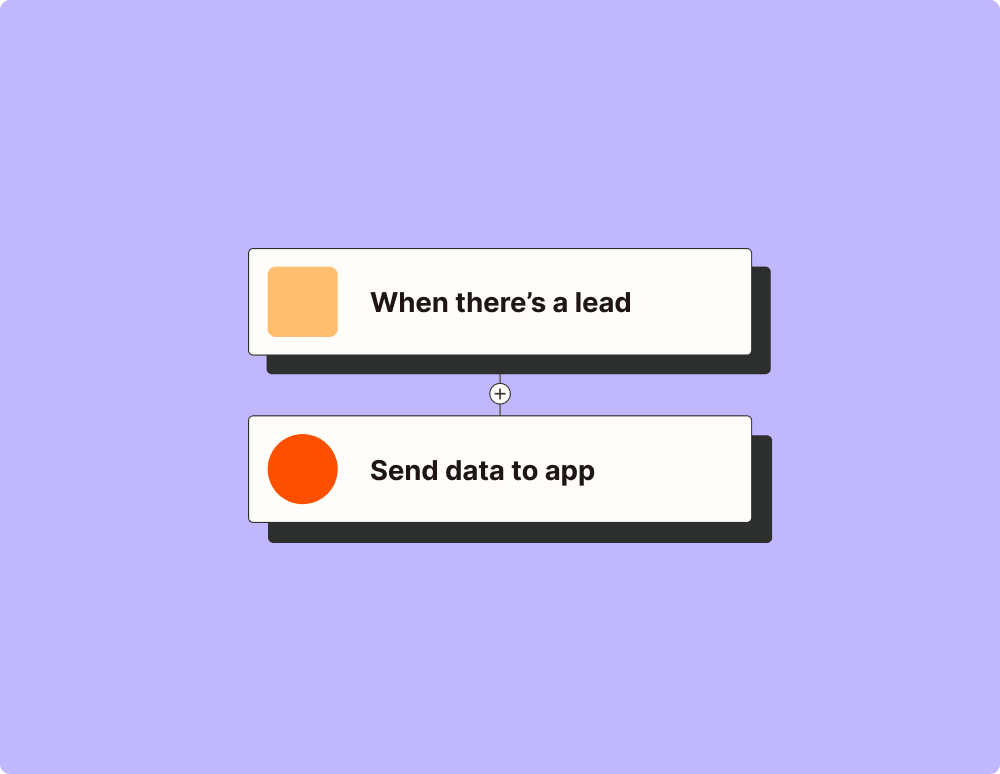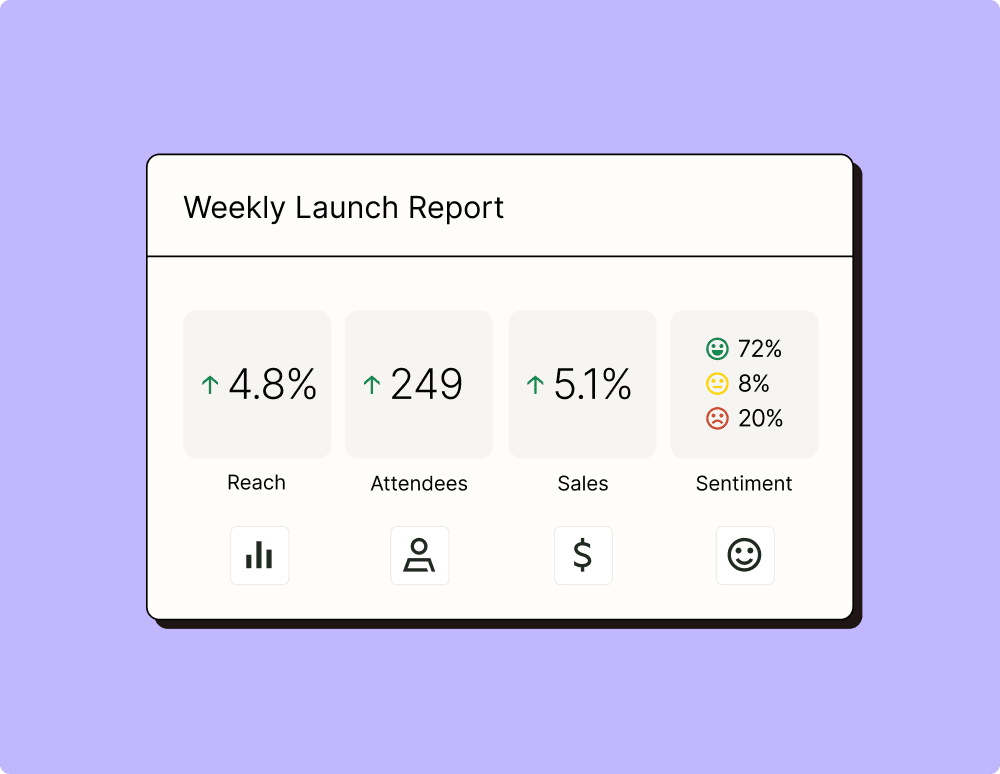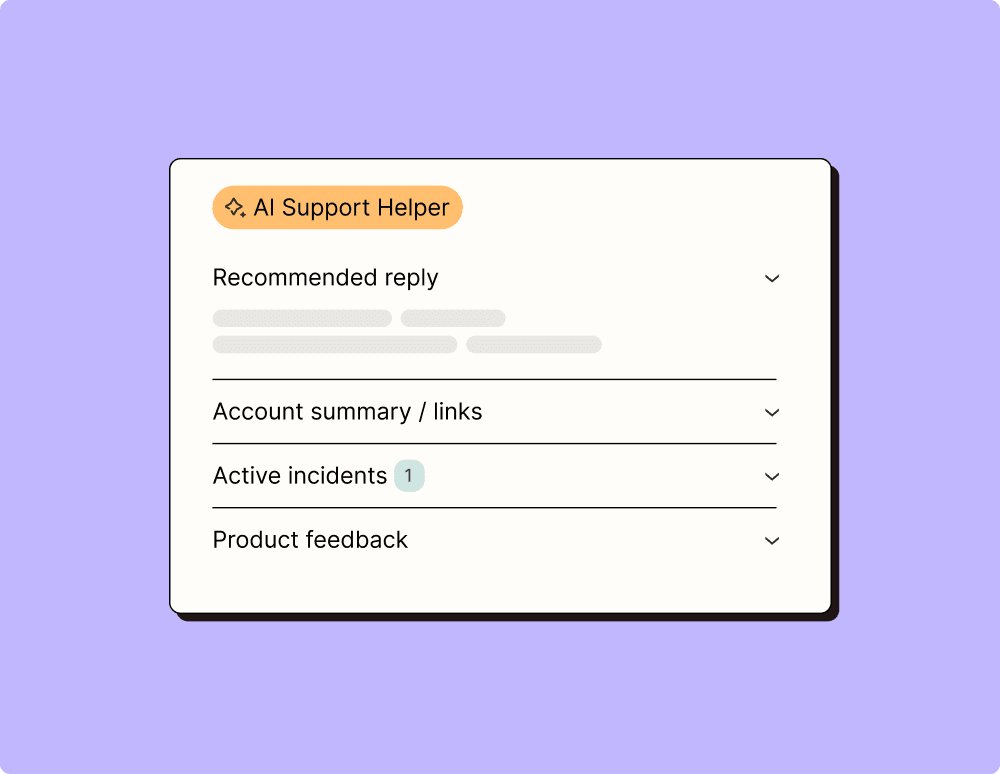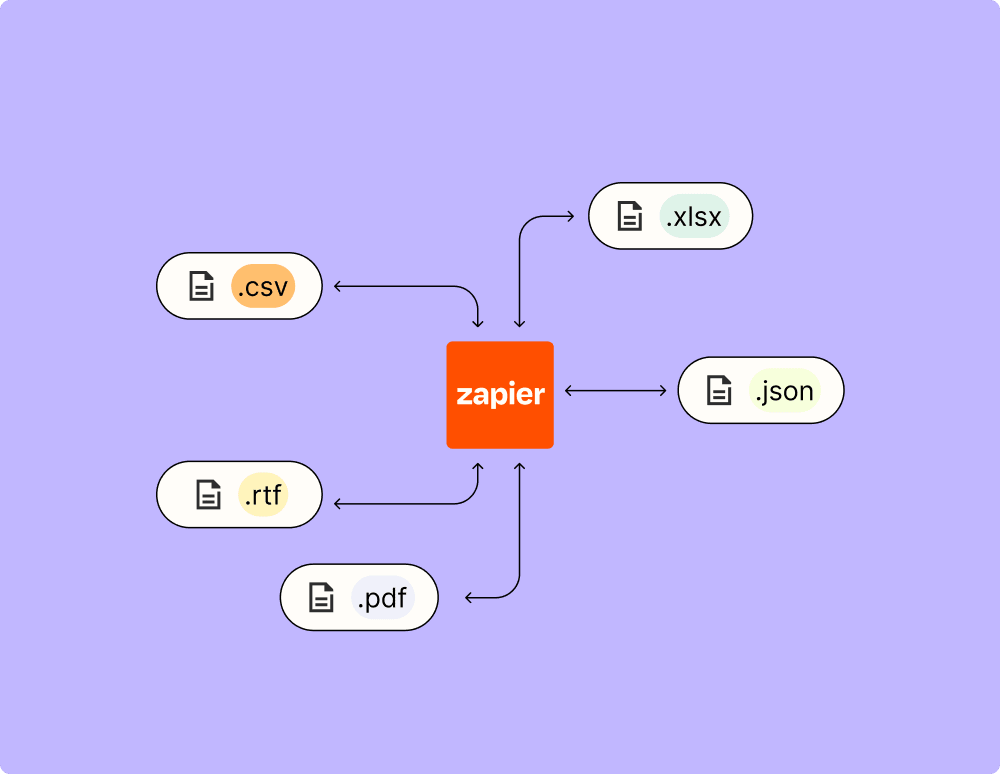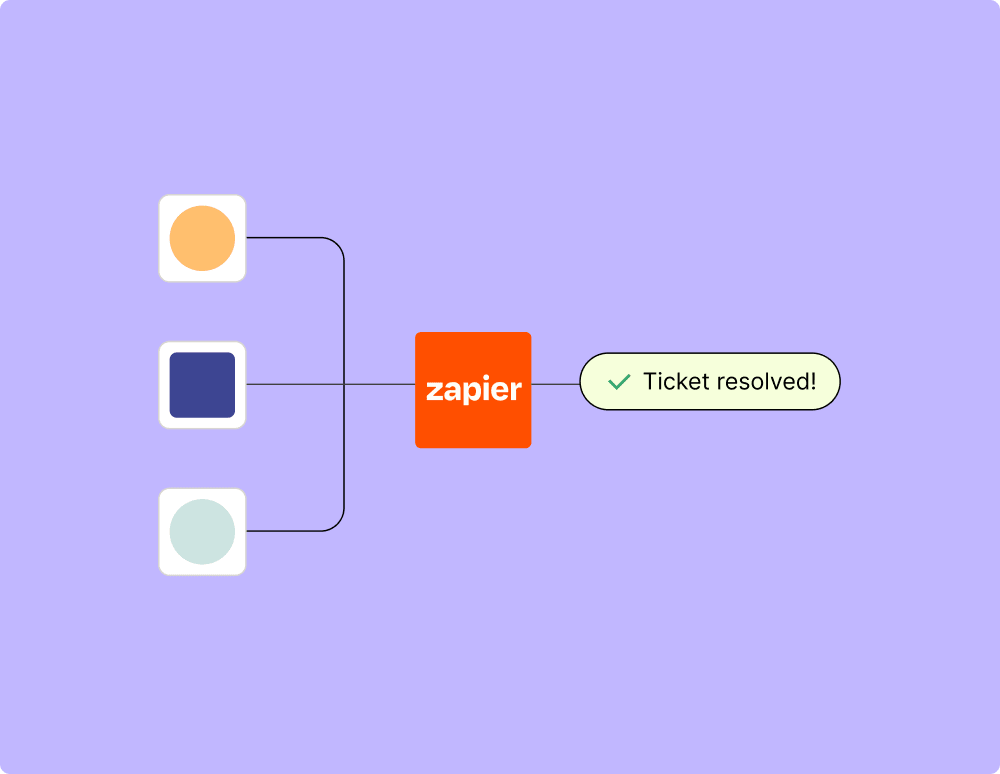Connect inFlow Inventory and HubSpot to unlock the power of automation
- No credit card required
- Free forever for core features
- 14-day trial for premium features and apps
Set up your first integration
Quickly connect inFlow Inventory to HubSpot with a Zapier template.
Our most popular template

How Zapier works
Zapier makes it easy to integrate inFlow Inventory with HubSpot - no code necessary. See how you can get setup in minutes.
Zapier is the automation platform of choice for 87% of Forbes Cloud 100 companies in 2023
93%
Customers who say using Zapier has made them better at their job
25m
Customers have created over 25 million Zaps on the platform
6 mins
The average user takes less than 6 minutes to set up a Zap
Frequently Asked Questions about inFlow Inventory + HubSpot integrations
New to automation with Zapier? You're not alone. Here are some answers to common questions about how Zapier works with inFlow Inventory and HubSpot
How can I connect my inFlow Inventory account with HubSpot?
To connect inFlow Inventory with HubSpot, you need to set up an integration within our platform by selecting HubSpot as your application of choice. You will then authenticate your HubSpot account and specify triggers and actions such as updating inventory levels in inFlow whenever a new deal is closed in HubSpot.
Can I automatically update customer information from HubSpot in my inFlow Inventory?
Yes, you can set up a trigger that automatically updates or adds customer information into inFlow Inventory whenever there are updates or new entries to the contact database in HubSpot.
Is it possible to generate orders in inFlow based on sales activities recorded in HubSpot?
Absolutely. You can design a workflow where closing a deal in HubSpot serves as a trigger to create a corresponding sales order within your inFlow Inventory system.
What types of data can be synchronized between inFlow Inventory and HubSpot?
Our integration supports synchronization of various data types including customer records, order information, inventory movement, and sales metrics between the two platforms.
How do triggers and actions work for this integration?
Triggers are events that activate workflows – for example, creating a new contact or closing a deal in HubSpot. Actions are responses executed by the system such as updating a record or creating an order within your inFlow Inventory based on those triggers.
Can I customize what happens when specific triggers occur?
Yes, we provide customization options that allow you to define specific actions that should occur when certain triggers are activated. For instance, when inventory dips below a threshold level due to orders closed via HubSpot, an alert can be automatically sent or inventory reordered through our system.
Are there any pre-built templates available for common integrations between these systems?
We offer several pre-built templates designed for typical use cases between inFlow Inventory and HubSpot. These cover standard operations like syncing customer contacts and managing sales orders which can be adapted to fit specific needs.
Supported triggers and actions
Zapier helps you create workflows that connect your apps to automate repetitive tasks. A trigger is an event that starts a workflow, and an action is an event a Zap performs.
